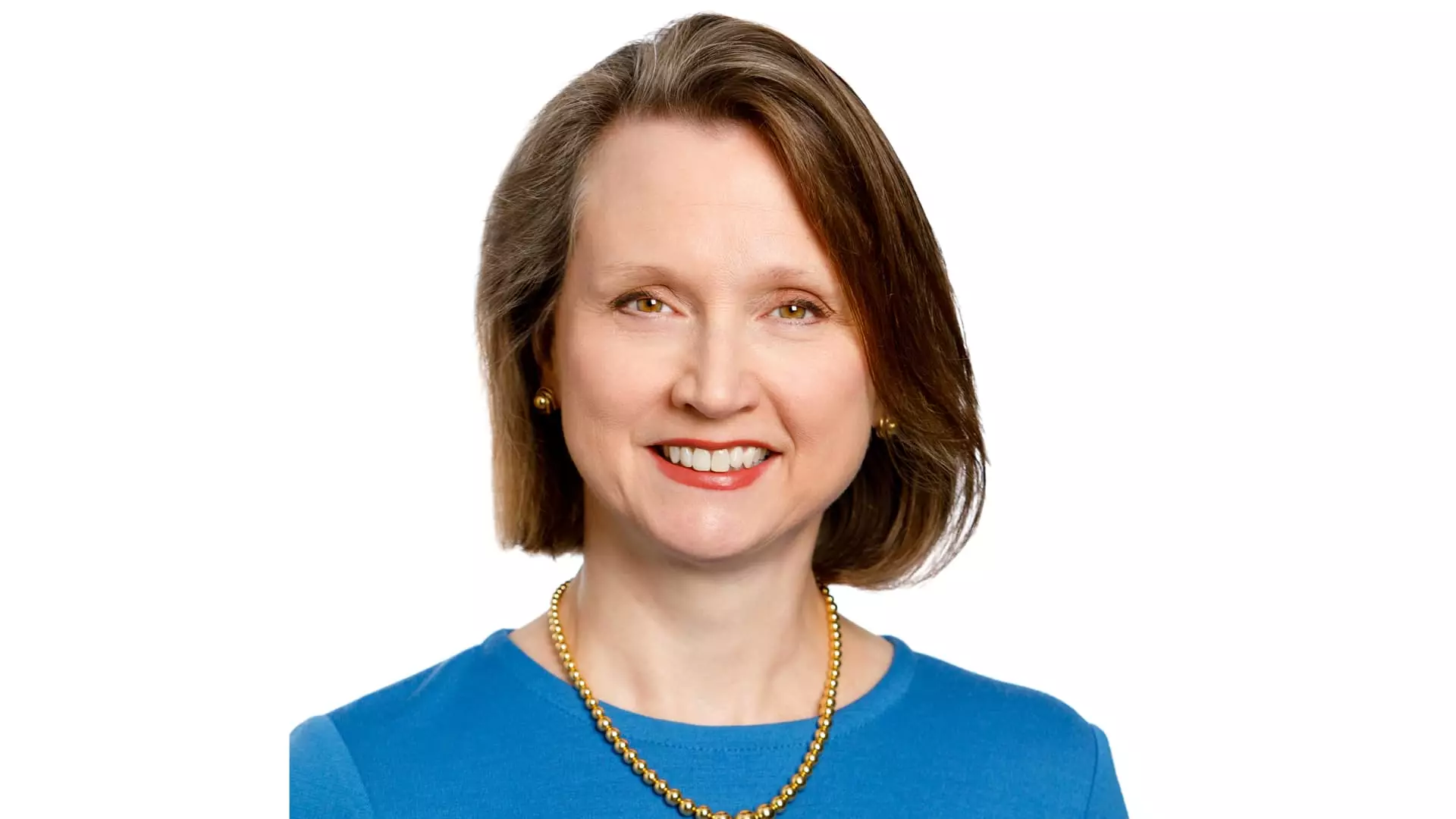In the high-stakes world of finance, few narratives are as inspiring as that of Kathryn Glass, co-head of the high-yield fixed-income group at Federated Hermes. With over 27 years of experience, Glass transitioned from the realm of Japan’s literary culture to the complexities of finance, embodying resilience and adaptability. Her journey illustrates not just personal evolution but also provides a compelling case for re-evaluating traditional views of expertise and leadership in investments, especially within the volatile high-yield sector.
The Unconventional Path to Finance
Kathryn Glass’ extensive background in Japanese language and literature is a hallmark of her unique approach to investment strategies. While many finance professionals follow a linear path defined by early exposure to finance, her experience enables her to navigate the nuances of corporate storytelling — a critical element in high-yield investing. Glass recognizes that high yield is not merely about numbers; it’s about the narratives of companies, understanding their management, and deciphering why they’ve found themselves in a risky space. This distinct perspective allows her to lead a team that manages approximately $13 billion in U.S. high-yield fixed income strategies, ensuring elements like management priorities are factored into investment decisions.
Her initial fascination with math, combined with her language skills, provided her with a launch pad. But what truly sets Glass apart is her willingness to pivot from a Ph.D. path to embrace an uncertain internship. This leap of faith speaks volumes about her risk appetite — a critical trait for anyone in the unpredictable investment landscape.
The Reality of Today’s High-Yield Market
Currently, Glass finds herself contending with a market that some experts argue is overpriced. By describing the economic climate as a “Goldilocks-type scenario,” she keenly points out the delicate balance between opportunity and risk. This sentiment echoes the concerns of more seasoned investors who suggest that “buying high in hopes of selling higher” could backfire. In this sense, her cautious positioning reflects a pragmatic viewpoint that recognizes the need for a safety net in turbulent markets.
Investors have been advised repeatedly to buckle up — March 2024’s economic indicators suggest a tightening in spreads, increasing the risk for high-yield bonds. Glass’ approach of focusing on lower-spread names exemplifies her strategy to prioritize quality over quantity, stepping away from contingent risks that come with relying on volatile assets. This is where her literary background plays a significant role; she reads between the lines and identifies deeper meanings in financial statements that may elude others.
A Labor-Intensive Focus on High Yield
Glass stresses the importance of a labor-intensive focus in managing high-yield portfolios. Unlike traditional investment-grade analysis, which relies heavily on linear projections, high-yield investing demands a more qualitative approach. Investors like Glass dive deep into company intricacies, eliding macroeconomic stressors in favor of a closer inspection of individual balance sheets and management narratives. This granular focus not only elevates the quality of decision-making but also fosters better relationships with company executives, adding a layer of insight to investment cycles.
The acknowledgment that high yield involves stories is crucial. Glass excels at networking — her ability to nurture these relationships serves to fortify the integrity of her portfolio. Complex issues or underlying challenges within companies often manifest as risks that can be demystified through a well-rounded perspective. This commitment to understanding the context surrounding each investment is a distinguishing feature of Glass’ leadership style, which warrants attention for its effectiveness.
Looking Ahead: Preparedness in Uncertain Times
Kathryn Glass’ mantra of being “priced to perfection” reflects not just market assessment but an overarching philosophy for adept investing. In a world where financial shocks are the norm rather than the exception, her caution strikes a resonant chord. Interestingly, she anticipates a future market adjustment, preparing her team to act decisively when opportunities arise. This ethos of readiness encapsulates a center-right liberal approach, as it combines market foresight with a commitment to responsible risk management.
Such a strategy may seem counterintuitive in an environment that often pushes for aggressive investment strategies and continuous growth. What Glass presents is a bold but increasingly necessary counter-narrative: successful investing is as much about dodging pitfalls as it is about embracing opportunities. This insight could empower a new generation of investors to think critically about their strategies and decision-making criteria.
Kathryn Glass’ narrative is a refreshing reminder that diversifying one’s expertise can lead to innovative methods of navigating the high-yield space. Through her journey, she emphasizes that adaptability coupled with strategic caution can yield exceptional results in the financial sector, especially amidst clamorous markets. In a sense, her approach serves as a model for combining knowledge across disciplines to inform better investment strategies and outcomes.


Leave a Reply